Introduction
| Findmypast needs no introduction. As the flagship of the Findmypast (previously DC Thomson Family History) group of companies it constantly strives to make new sources of information available to aid us in our family history research, and the release of the 1939 Register later this year will be truly ground-breaking! |
Blog
| Not only does the 1939 Register offer a unique insight into England and Wales on the verge of global conflict, it’s also incredibly important for family historians – and anyone with an interest in modern history. Legislation, the Freedom of Information Act and government policy all impose conditions around when UK census data can be opened to the public. At present, this means that the most recent record of the population available to use in research is the 1911 census, with the 1921 census being made available in 2022. |
Redaction and the 1939 Register
| When you are able to explore the 1939 Register later this year, you’ll probably notice that a number of individuals’ information has been redacted from the records, meaning that when viewing a household, there may be one or more members whose information is unavailable to view. Although the Register isn’t a census, and therefore isn’t subject to the rules and restrictions that censuses are, personal information about living people is protected under Data Protection Regulations. This means that some redaction has to take place before we can make the details of the Register public online. In the case of censuses, restrictions over the release of sensitive data are enshrined in law, meaning that all of the individuals listed are unavailable to view for a set period after the census being taken. In the case of the 1939 Register, however, advances in how we redact have meant that rather than a blanket blackout on all the records, we’re able to show you the records of people born 100 years and one day ago or more. |
If someone on the record was born within 100 years and a day but has passed away, there will be a mechanism for us to unredact the information for that individual. To do that, we’ll need proof of death, and from there we can work on opening that person’s entry to the Register. We’ll have more information on this in the near future, so stay tuned.
Links
Findmypast - Home http://www.findmypast.co.uk/
Facebook - https://www.facebook.com/findmypast
Twitter - @findmypast
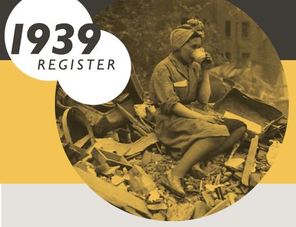
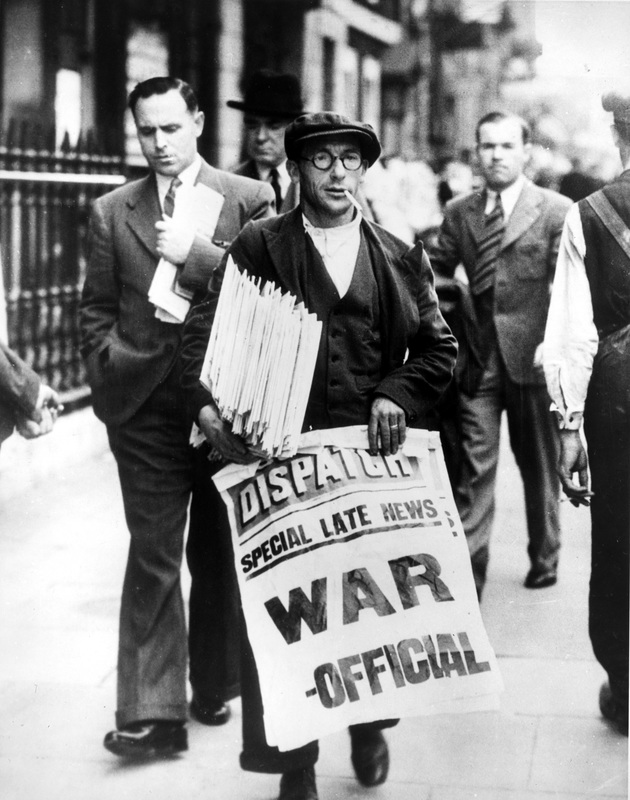
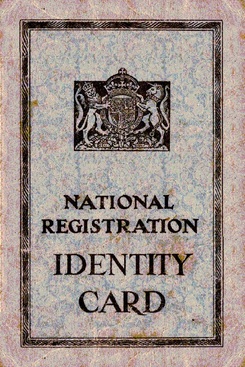
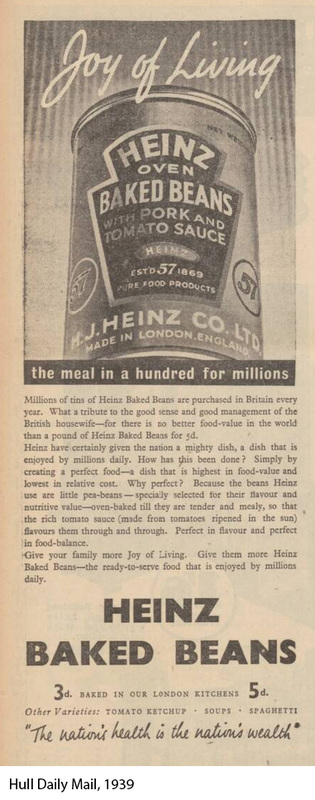
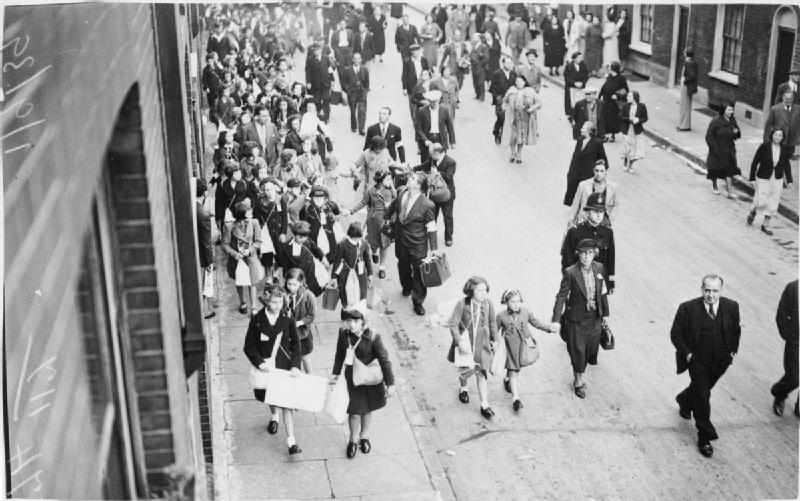
 RSS Feed
RSS Feed
